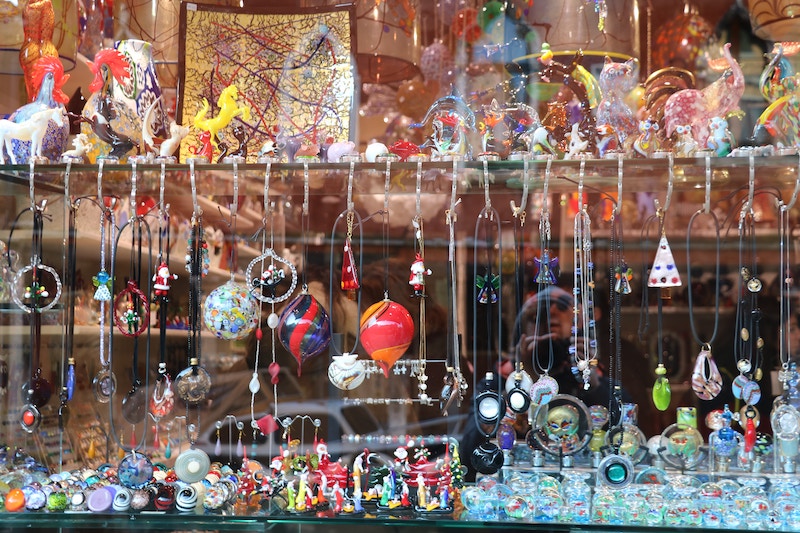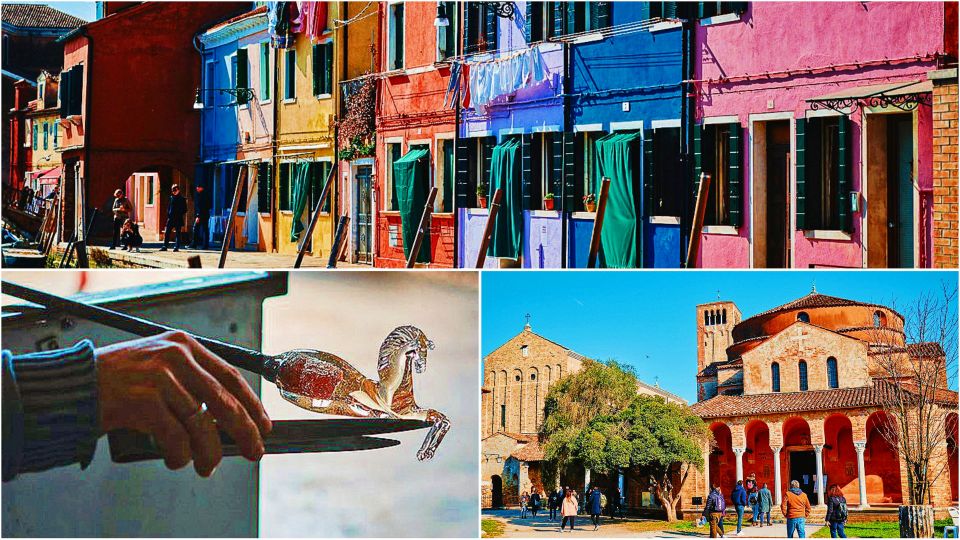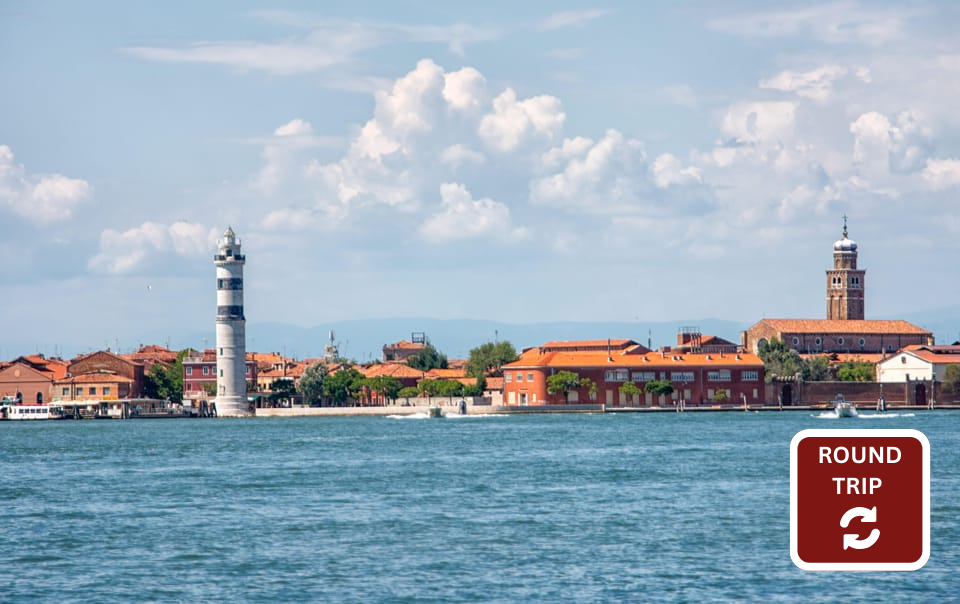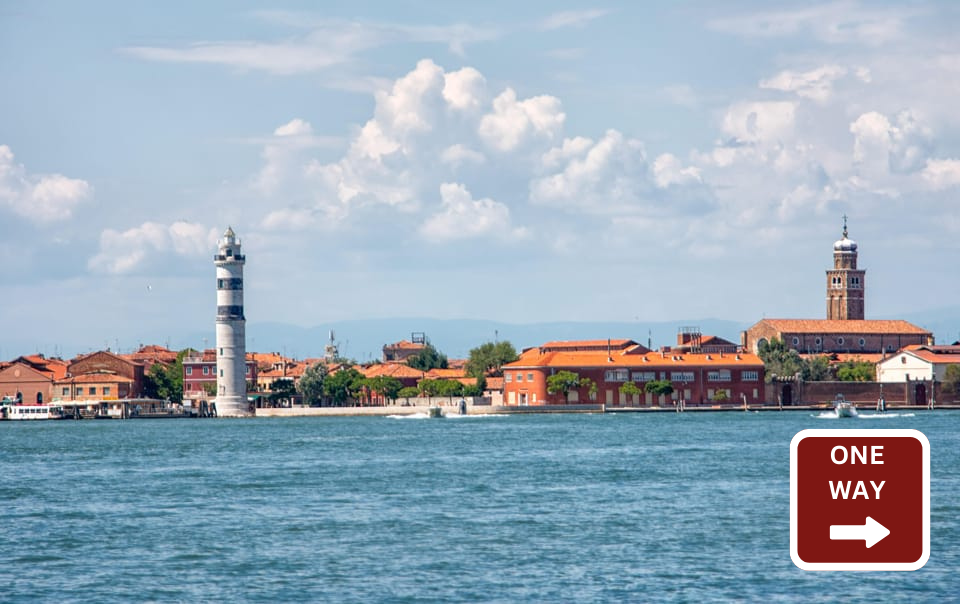Have you ever wondered about the fascinating process of creating Murano glass? Let’s find out together!
The glass used is primarily composed of silica, which is transformed into a liquid state at extremely high temperatures. It is during this stage, when the material is still in its molten form, that the artisan’s skill comes into play. Molten glass is malleable and easy to shape. Once it cools down and solidifies, the glass hardens, making it impossible to work with. During the crafting process, depending on the desired outcome, artisans may add various chemical substances to create opaqueness, remove bubbles, or introduce vibrant colours. These steps can vary from one artisan to another, as each brings their unique techniques, skills, experiences, and artistic creativity to the table. But let’s start from the beginning: the process of crafting Murano glass can be broken down into two distinct phases.
Crafting Murano Glass process
The first phase includes procedures that employ raw materials such as sand, soda, and raw glass. These ingredients are fused in furnaces capable of reaching incredibly high temperatures, eventually forming a vitreous mixture. Temperatures within these furnaces can soar up to 1000 degrees Celsius (1832 Fahrenheit), demanding great physical exertion and heat resistance from the artisan. Consequently, the majority of production takes place during the winter months when the heat is less oppressive. Once the vitreous mixture is ready, it undergoes further refinement. Techniques employed in the first phase give rise to various types of glass, including aventurine, chalcedony, crystal, milk glass, and opaline.
The second phase encompasses several techniques, including lampworking, glass canes, kiln casting, slumping, fused glass, and other “cold” processes such as decoration, engraving, and grinding.
Lampworking: the Birth of antica Murrina’s colours
Among these techniques, lampworking stands out as one of the oldest practices on the island of Murano. It involves melting different types of glass to create unique combinations of shapes and colours. To work with glass in this manner, a master glassblower uses a continuous gas flame, which remains lit throughout the day. This allows for the continuous creation of new shapes, colours, and sizes.
Lampworking involves using transparent or coloured glass canes, fusing various materials like murrine glass, gold, silver, and other precious elements. This technique is one of the most challenging and has been passed down through generations for centuries. It requires a great deal of patience, creativity, precision, and exceptional craftsmanship. Lampworking is ideal for crafting beads, rings, pendants, necklaces, and various types of jewellery. It even gives birth to glass beads, with the simplest being “conterie” – glass rods softened by the heat of a torch, wrapped around a metal tube to shape the desired bead, and finally adorned with polychromatic glass.
Murano Glass today: preserving tradition amid challenges
Unfortunately, today, the art of Murano glass finds itself facing renewed challenges. The reasons behind these challenges are multifaceted, stemming from economic downturns and a lack of generational turnover. The work of a glass artisan demands dedication, precise technical skills, yet offers relatively modest financial returns. Another hurdle arises from the influx of low-priced glass jewellery, primarily originating from Asian countries like China. Despite these challenges, there are brands committed to preserving the legacy and millennia-old expertise of Murano’s glass workshops. So don’t miss visiting a glass factory in Murano, where dedication and expertise of its artisans continue to shine through, preserving this unique and ancient craft.





